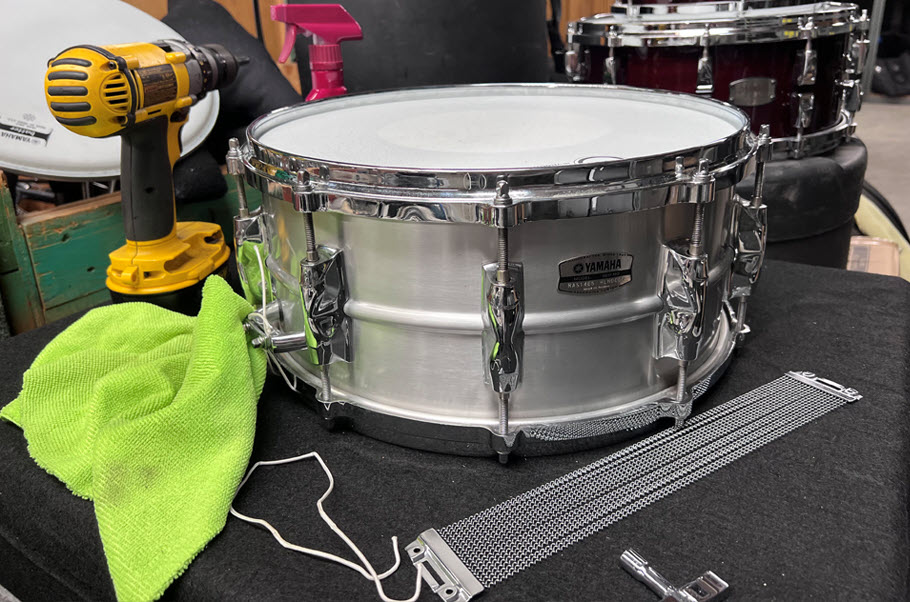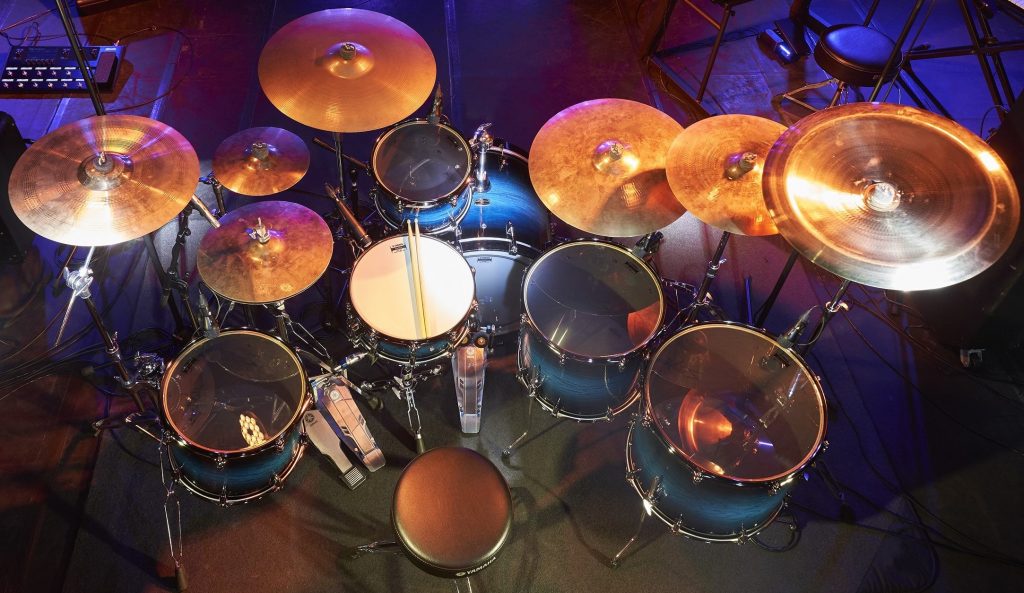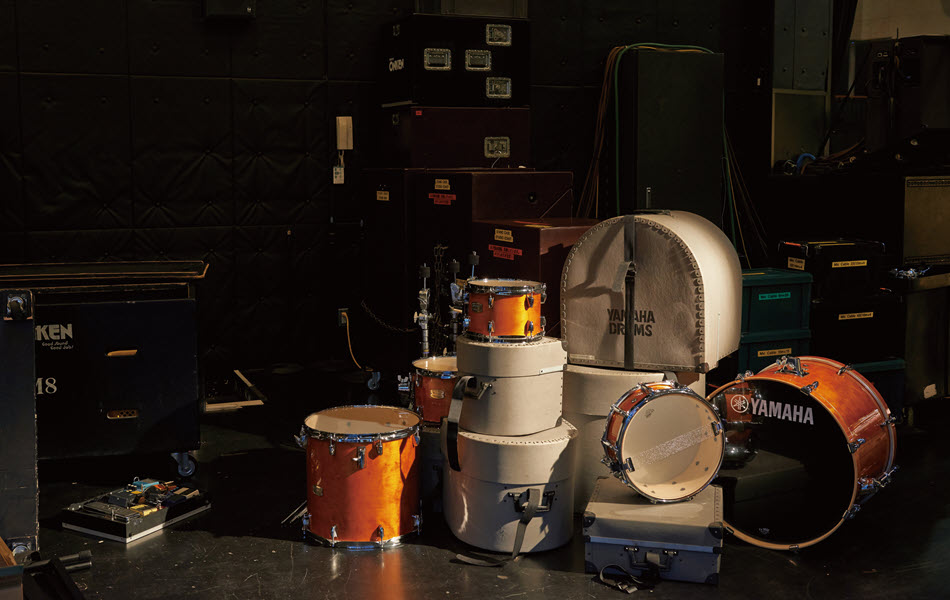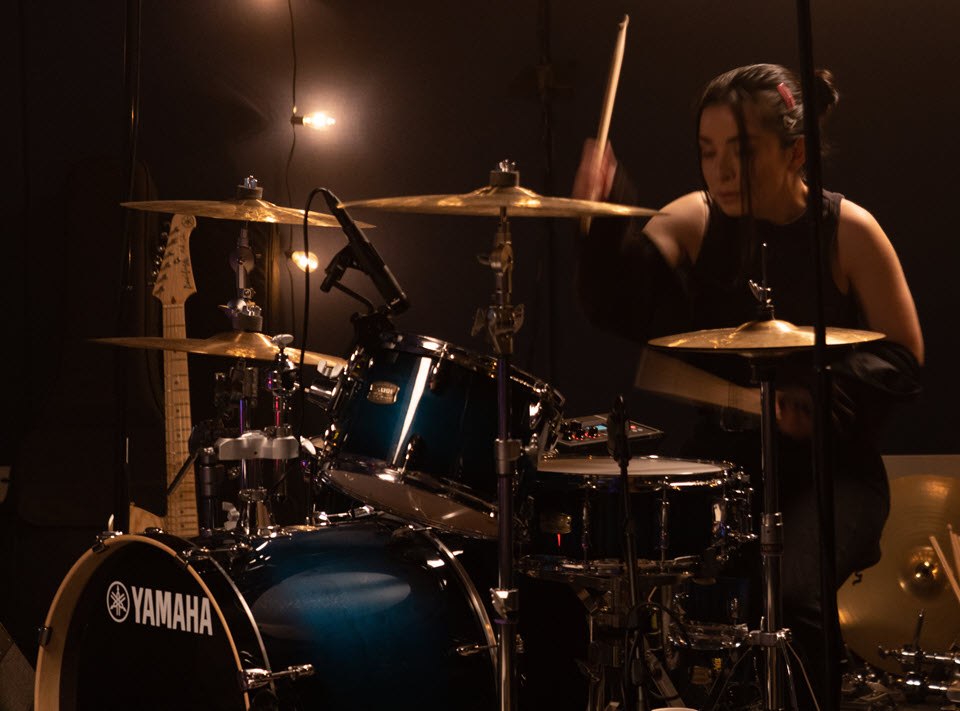Speeding Up by Slowing Down
The benefits of taking it slow.
A music professor once said to me, “My role is not to teach you how to play, but how to practice.” The statement probably had something to do with practicing slowly, a habit that can take a long time to master.
As students, our inclination is to follow direction, but it’s important to understand the benefits of practicing slowly, regardless of the instrument you are learning. You may have the sense that doing this worked well in the early stages, but that it may not be as necessary to practice slowly later on. In fact, once you know the notes, it can seem mind-numbing to slow a piece down to half or quarter of the performance tempo. It hardly seems an effective use of time to spend half an hour on less than ten measures of music, especially when the performance date is coming up soon. You could run a whole piece two or three times in those thirty minutes. Why practice slowly, unless it is to initially learn notes and rhythms?
There are three reasons why. Let’s look at each of them in turn.
Listening
Not only does slow practice provide the benefit of playing accurately, it allows you to better hear and evaluate your performance. You’ll be able to identify subtle nuances and inflections that may be difficult to discern at full tempo. You can control the character and timbre to produce a sound that matches your intended interpretation. Slow practice will get you noticeable results on all instruments, from cleaner articulation when playing trumpet to flawless pitch while practicing timpani.
Muscle Memory
In order to form muscle memory, the movement you’re trying to retain must be repeated many times. Slow practice allows the muscles in your hands and other parts of the body to adjust to repetition. Once this is achieved, it’s important to stay engaged and avoid going into “auto-pilot” mode when practicing at full tempo. Finding a balance is key to developing muscle memory.
Clarity
Slow practicing encourages clean technique with no hiccups or slop between the notes. Each musical moment is defined and communicated clearly. With this method, you’ll worry less about the quantity of notes you learn, and more about the quality of sound you can produce.
Start today by picking an étude or scale you’re working on and play it slowly. Take a deep breath and resist the urge to speed through your practice session. Your next performance will thank you for it!














